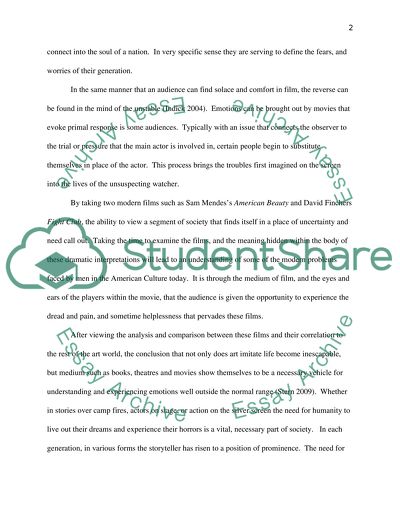Cite this document
(“Implications of Disconnection in Fight Club and American Beauty Essay”, n.d.)
Implications of Disconnection in Fight Club and American Beauty Essay. Retrieved from https://studentshare.org/literature/1443026-love-many-modern-american-plays-share-a-sense-of
Implications of Disconnection in Fight Club and American Beauty Essay. Retrieved from https://studentshare.org/literature/1443026-love-many-modern-american-plays-share-a-sense-of
(Implications of Disconnection in Fight Club and American Beauty Essay)
Implications of Disconnection in Fight Club and American Beauty Essay. https://studentshare.org/literature/1443026-love-many-modern-american-plays-share-a-sense-of.
Implications of Disconnection in Fight Club and American Beauty Essay. https://studentshare.org/literature/1443026-love-many-modern-american-plays-share-a-sense-of.
“Implications of Disconnection in Fight Club and American Beauty Essay”, n.d. https://studentshare.org/literature/1443026-love-many-modern-american-plays-share-a-sense-of.


